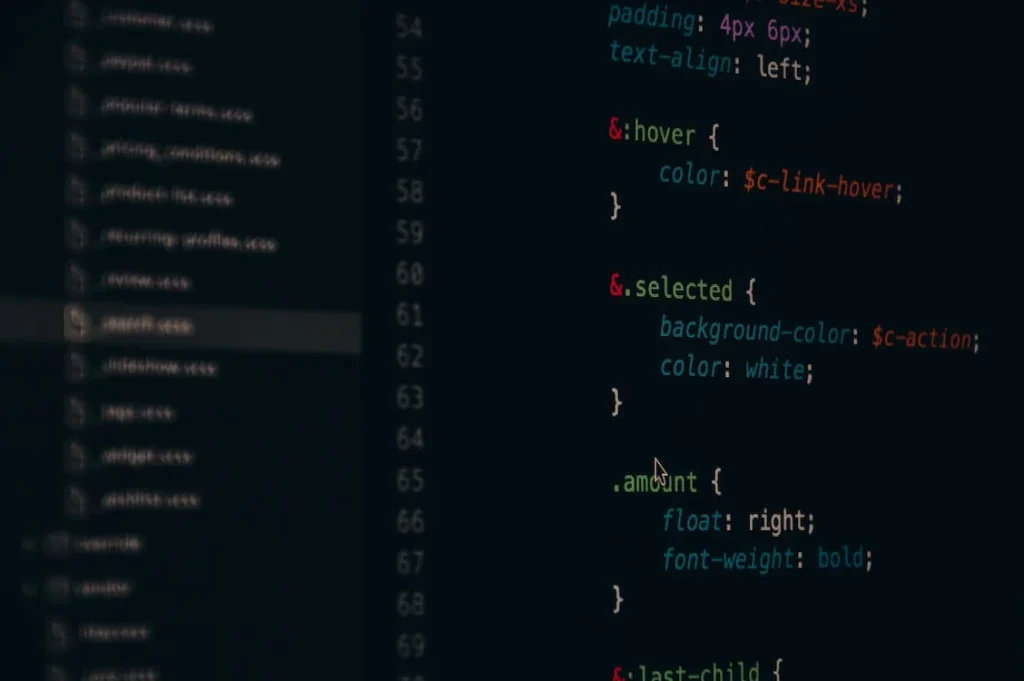
So you’ve heard the buzz around machine learning and are intrigued, right? Maybe you’ve seen some incredible applications, like self-driving cars or personalized recommendation systems, and now you’re thinking, “Hey, I want to do that!”
Well, you’re in the right place. In this blog post, we’ll explore how to start with machine learning, even if you’re a complete beginner.
What is Machine Learning?
Before we dive in, let’s get our basics right. Machine learning is a type of artificial intelligence (AI) that allows computers to learn from data. Unlike traditional programming, where you have to specify every single rule, machine learning algorithms learn from examples. Cool, huh?
Why Learn Machine Learning?
The applications are virtually endless! From healthcare to finance and even art, machine learning is revolutionizing how we live and work. Plus, the demand for machine learning engineers is soaring, so it’s a skill that can really boost your career prospects.
Step-by-Step Guide on How to Start with Machine Learning
Step 1: Prerequisite Knowledge
To get started with machine learning, you’ll need a decent grasp of mathematics, particularly in linear algebra, calculus, and statistics. Don’t worry; there are tons of online resources to help you brush up.
Step 2: Choose Your Language
Python is the most popular language for machine learning, but R, Java, and C++ are also used. I recommend starting with Python because of its simplicity and extensive libraries for machine learning like TensorFlow and scikit-learn.
Step 3: Learn Basic Concepts
Get familiar with essential terms and concepts like supervised learning, unsupervised learning, neural networks, and natural language processing. Websites, tutorials, and YouTube channels can be great resources.
Step 4: Pick a Specialization
Machine learning is vast. Do you want to focus on computer vision, natural language processing, or something else? Picking a specialization can help you narrow down what to learn next.
Step 5: Hands-on Projects
Theory is good, but practice is crucial. Start with small projects like spam filters or recommendation systems. As you get more confident, move on to more complex projects.
Step 6: Build a Portfolio
Showcase your work on platforms like GitHub. A strong portfolio can make you stand out when you’re applying for jobs or freelance projects.
Step 7: Keep Learning
Machine learning is ever-evolving. To stay relevant, you’ll need to continually update your skills. Follow industry news, take advanced courses, and never stop learning.
10 FAQs on How to Start with Machine Learning
1. Do I need a degree to learn machine learning?
Answer: No, you don’t need a degree, but having a background in computer science or mathematics can be beneficial.
2. How long will it take to learn machine learning?
Answer: This depends on your background and the time you can invest. It might take anywhere from 6 months to 2 years to become proficient.
3. Are online courses good for learning machine learning?
Answer: Absolutely, there are many quality courses that provide both theory and hands-on experience.
4. Which programming languages are best for machine learning?
Answer: Python is widely considered the best language for beginners, but R, Java, and C++ are also commonly used.
5. What are some good resources for learning machine learning?
Answer: Websites like Coursera, Udemy, edX, and resources from universities like Stanford and MIT are excellent places to start.
6. Can I do machine learning on my regular laptop?
Answer: Yes, but having a powerful machine with good processing capabilities can speed up computations.
7. Do I need to know Big Data technologies?
Answer: It’s not necessary but can be beneficial when working on large datasets.
8. What kind of projects should I start with?
Answer: Beginner-friendly projects include spam filters, sentiment analysis, and recommendation systems.
9. Can I make a career out of machine learning?
Answer: Yes, the demand for machine learning engineers is high, and the field offers lucrative opportunities.
10. Is machine learning the same as data science?
Answer: While they overlap, machine learning is a subset of data science, which includes other aspects like data cleaning and visualization.
Wrapping Up
Learning machine learning can seem daunting, but remember, every expert was once a beginner. Start small, be consistent, and don’t hesitate to seek help when you’re stuck. Whether you’re looking to switch careers, enhance your current job skills, or just have fun, understanding how to start with machine learning can be your gateway to a world of possibilities.
So what are you waiting for? Dive in and start learning today!

